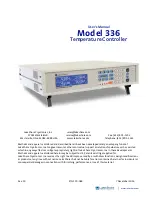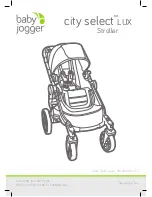
L-DALI User Manual
361
LOYTEC
Version 5.2
LOYTEC electronics GmbH
For L-WEB visualization tools and L-VIS OPC XML/DA client functionality see the
corresponding manuals ([4] and [6]).
Standard OPC clients and SCADA packages, which shall visualize the device’s data points,
must conform to the OPC XML-DA standard. This means they must support the OPC Web
service and not only the COM/DCOM protocol. If your SCADA package does not support
OPC XML-DA, a PC-based bridge from XML-DA to the COM-based protocol can be used.
The bridge software is running on a PC and translates from COM/DCOM requests into
XML-DA Web service requests. The system is depicted in Figure 244.
Figure 244: Using a XML-DA/DCOM bridge.
With the bridge is configured to access a number of OPC devices, the COM-based SCADA
application can access a COM-based OPC server for each of those devices. The bridge
software needs to be purchased from an OPC bridge software vendor.
If L-WEB is not used, customers can create their own XML-DA clients based on the WSDL
for OPC XML-DA.
8.5.2 Data Points
The data point hierarchy as configured by the Configurator software is exposed to the OPC
tag namespace by the device. This is done internally for all data points, which are marked
for OPC exposure (i.e., have the OPC check-mark set).
Folders are translated into OPC nodes. Any of the data point classes, analog, binary, multi-
state, string, and user, are exposed as OPC tags. Each OPC tag contains the value of the
data point and some of its meta-data. An example of browsing the OPC tags on the device is
shown in Figure 245.
The OPC quality property of a given OPC tag is coupled to the data point status. If a data
point is offline or unreliable, the OPC quality property changes to
uncertain
.
















































